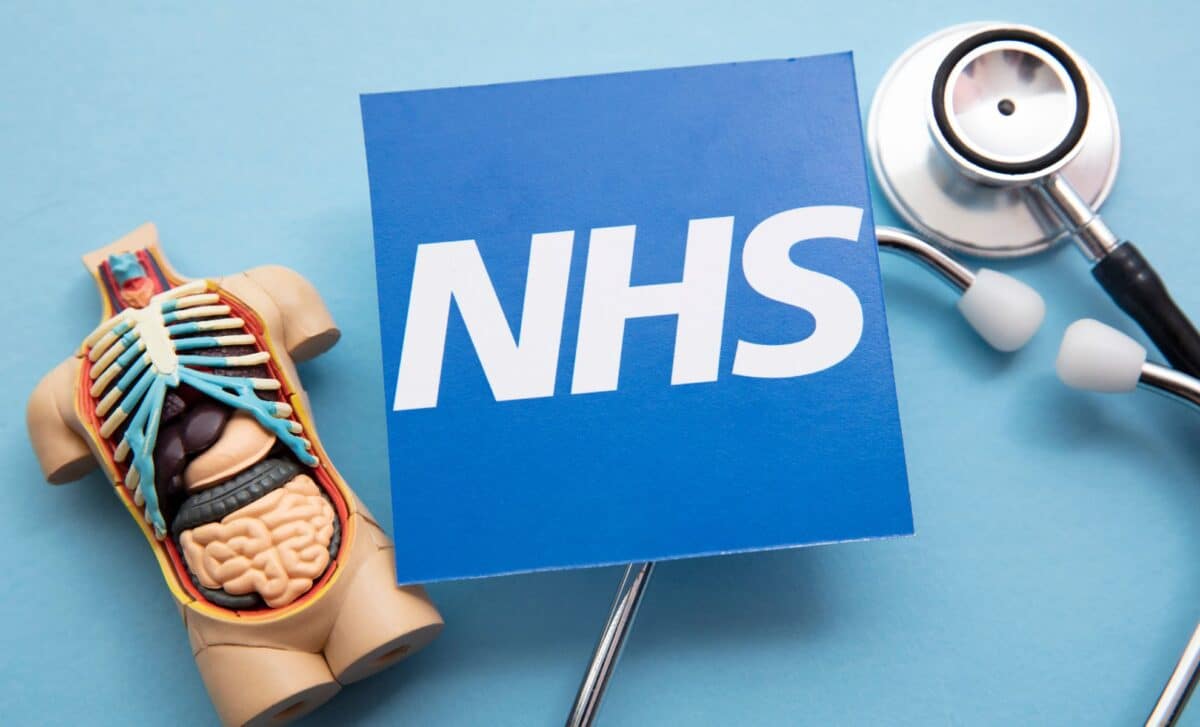NHS England has introduced a new strategy to overhaul the way urgent medical care is delivered, aiming to reduce overcrowding in Accident & Emergency (A&E) departments. With millions of patients set to be impacted, the focus is on shifting some of the burden away from emergency departments and into other care settings.
The announcement, which has been met with both support and criticism, addresses key concerns over the sustainability of A&E services. As part of the plan, NHS England intends to establish new units for same-day emergency care and urgent treatment, offering patients alternatives to traditional emergency room visits.
Tackling the A&E Overcrowding Crisis
According to NHS England, overcrowded A&E departments have become a major issue, particularly during peak times such as winter. The current system is unsustainable, with many patients unable to access the care they need in a timely manner.
The new strategy seeks to reduce the number of patients visiting A&E by expanding access to urgent care alternatives, including urgent treatment centres and mental health crisis assessment centres.
Wes Streeting, the Health Secretary, highlighted that many individuals attending A&E do not require the level of care offered in emergency rooms. He explained that patients who are unable to secure a GP appointment, for example, often end up in A&E, which is both costly and inefficient.
Streeting noted that A&E visits can cost the NHS around £400, while a GP consultation typically costs £40, underscoring the financial strain caused by the current system.
The government’s plan includes creating more same-day emergency care units where patients can be treated and discharged on the same day without being admitted to a hospital. This is expected to alleviate pressure on A&E departments, enabling them to focus on more critical cases.
The Impact on Patients and Healthcare Providers
While the plan aims to relieve pressure on emergency departments, concerns have been raised about its feasibility and the potential for unintended consequences. Dr Adrian Boyle, President of the Royal College of Emergency Medicine, expressed his concerns about the lack of a concrete commitment to ending long waiting times in emergency departments.
He warned that the changes could result in new challenges unless sufficient resources and support are provided to back up the expansion of urgent care services.
The expansion of services such as mental health crisis centres is also a significant part of the plan. According to NHS England, these centres will help divert patients with psychological or psychiatric issues away from busy A&E departments, providing more specialised care. This is seen as a critical step in ensuring that patients with mental health issues receive the right treatment in an appropriate setting.
Despite the government’s push for reform, the Liberal Democrats have raised concerns about the speed of progress, particularly regarding the broader issues of social care, which they argue need to be addressed to ensure long-term sustainability in the NHS.









